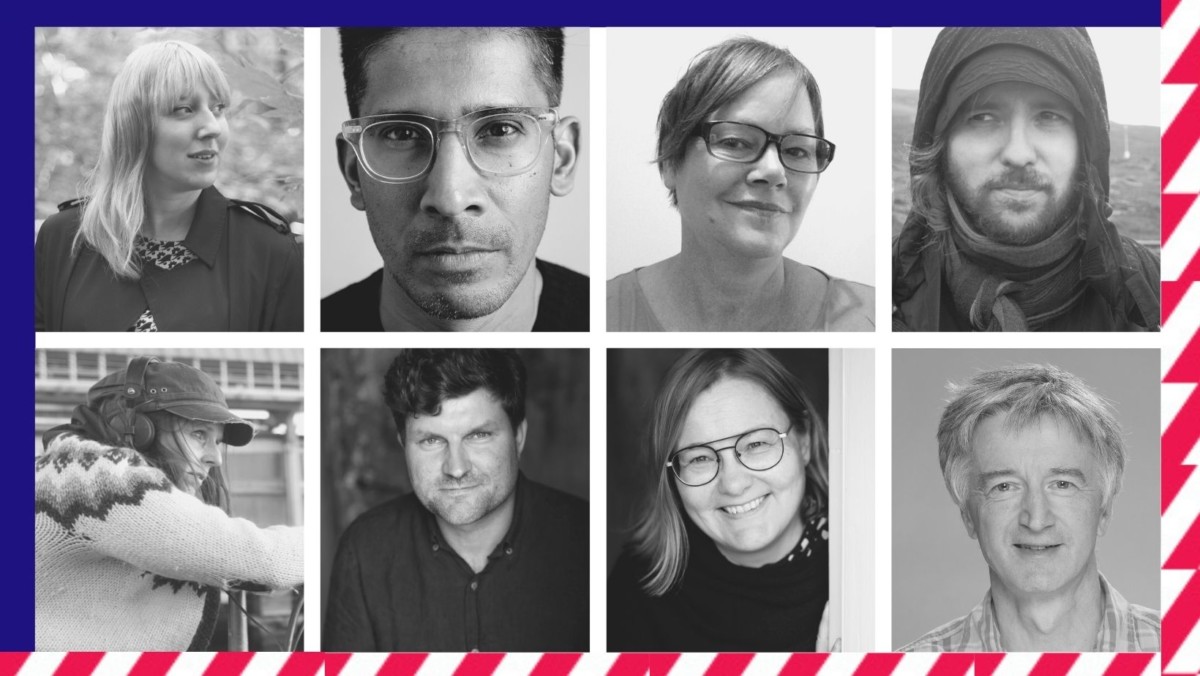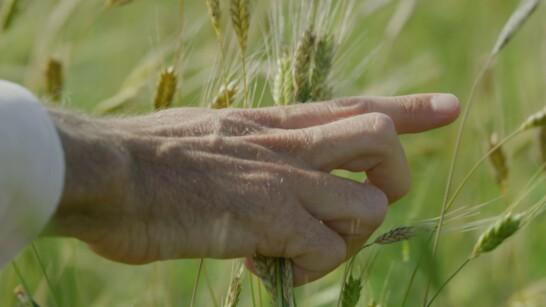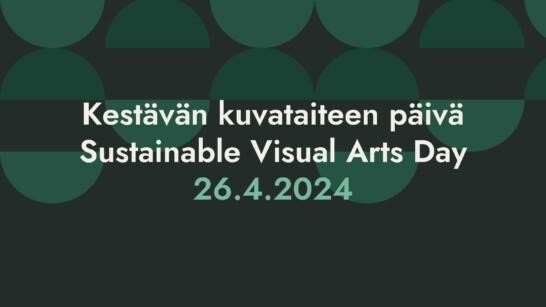News
Art, Science, Ecology lectures open up perspectives on links between art and science

On the Art, Science, Ecology course begun in January international experts in art and science introduced participants to the points of intersection between art, science and the environmental crisis. Videos of almost all the lectures can be viewed on IHME’s YouTube channel >>
The course created on the initiative of the contemporary-art commissioning agency IHME Helsinki was run in collaboration with The University of Helsinki’s Institute of Sustainability Science (HELSUS) and the University of the Arts Helsinki Academy of Fine Arts. The online lectures were in English and open to everyone interested. The workshops that accompanied the lectures were aimed at students in the collaborating universities.
The course was intended to increase awareness of the effects of the crisis of sustainability in art, science and society, and to produce and analyse the knowledge necessary for making the changes in ideas and actions required to meet this crisis.
The contents of the Art, Science, Ecology course are being extended with a series of podcasts produced by IHME’s Advisory Board >>
Wide-ranging content praised, views of indigenous peoples hoped for in future
Audience feedback on the lectures praised the spectrum of different viewpoints, in which many found what was for them new information on the climate debate and on the dialogue between art and science.
“Interesting topics and practices presented”
“It is already a success to provide the opportunity to listen to these kind of lectures that are not that easily accessible usually.”
“Lots of new ideas and perspectives.”
“The course made me think more holistically.”
Responses mentioned, for instance, the artist and researcher Susan Schuppli’s film and lecture on ice-core science and the politics of cold. New information was also provided by the discussion on plant extinction between the IHME Helsinki Commission artist Katie Paterson, Emeritus Professor Jan Zalasiewicz and Docent in Palaeoclimatology J. Sakari Salonen.
The sound pollution of the oceans raised by IHME Helsinki Commission artist Jana Winderen was referred to as a new angle on the numerous environmental impacts of human actions. The artist and researcher Samir Bhowmik’s lecture on the exploitation of mining and a variety of minerals in the technology we use, in turn, prompted people to think about the history and environmental effects of today’s media culture.
The feedback expressed a desire to hear the social-justice angle and indigenous people’s views on issues in art, science and ecology. The topic of each lecture was seen as being broad, and it was hoped that, in future, more time would be allocated to the experts for lectures, workshops and discussions.
Nearly 500 participants
With regard to the remote events, the feedback mentioned the considerable effort required by online sessions, on the other hand, it pointed out the geographical accessibility of online lectures. This was also seen in the questionnaires conducted during the events: most of those who attended the lectures took part from the Helsinki Metropolitan region, 7% joined in from other parts of Finland, and 12% of respondents attended the sessions from abroad. The online lectures were attended by close to 500 viewers. The lifetime of the course content is further being extended by online videos of the lectures, which have so far been viewed more than 1000 times.
Interest in the carbon footprint of online events
In addition to the content of the course, the feedback questionnaire collected information related to the event’s carbon footprint. At IHME’s request the carbon footprint of the online sessions was reduced by urging the public to keep their camera video turned off during lectures. The carbon footprint was also gauged by asking for feedback on what devices and internet connections participants used. The replies are only indicative for IHME, since a precise digital carbon-footprint calculation has yet to be developed. More on this >>


